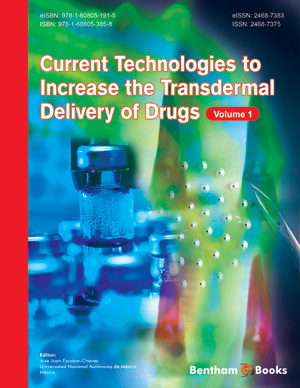Abstract
Starches are carbohydrate polymeric substances mostly structurally composed of straight-chain amylose units with branched chain amylopectin. They are synthesized within the plant by the chemical interlinking of hundreds and thousands of individual glucose units to form long-chain molecules, and treatment with acid or enzymes can break the starch down to its constituent glucose molecules. They form the major food reserve materials in plants especially in the seeds and tubers. Starches have found wide uses in various segments of life, especially agricultural, pharmaceutical, food and chemical sectors and are reportedly the most important hydrocolloids both on a weight and money basis. Over the years, it has been possible to structurally modify starches to achieve an improvement in their utility in the various segments of their application. Such modifications impart new properties, improve some of the inherent properties, or repress and modify some of their other properties. The modification involves a change in the functional properties of the starch, which may manifest as changes in granule size, colour, flavour, odour, moisture content, flowability and dispersibility in different media, among others. Several techniques have been employed in modification of starches including heating, hydrolysis (acid or alkali), oxidation with oxidizing chemicals, addition of chemicals that will result in the introduction of new chemical groups and/or changes in the size, shape and structure of the starch molecules, extrusion cooking and cross-linking. In the pharmaceutical sector, modified starches have found great use in the development of conventional and novel drug delivery systems. They have specifically been utilized as efficient binders in tablet and granule formulations, disintegrants in tablet formulations, diluents in tablet, granule, capsule and powder formulations; and matrices for specialized (sustained, targeted, regulated) drug delivery systems.






















